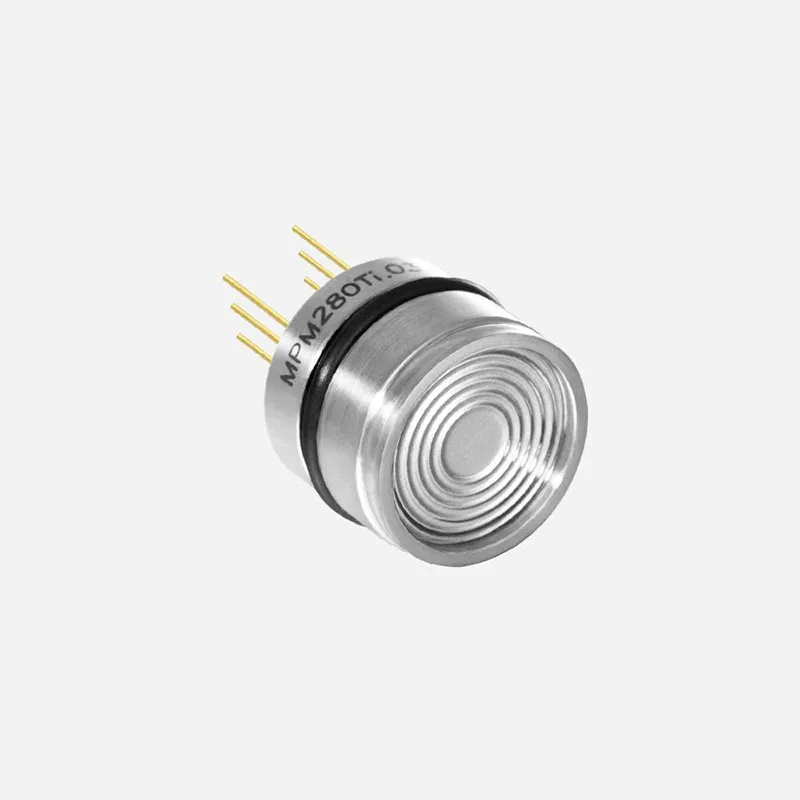Flush Diaphragm Pressure Sensor
M20x1.5, R1/2, G1/2
0bar~1bar...35bar
Flush Diaphragm
New Product Change Notice (PCN) effective Jan 1, 2025. MICROSENSOR appreciate your understanding.
MPM280Ti
Used For
Seawater or Corrosive Media Measurement, Liquid Pressure System and Switch
Leave a MessageMPM280Ti Anti-corrosive Pressure Sensor is unique for strongly corrosive media or seawater measurement. Its anti-corrosive performance is far better than stainless steel. The corrosive media being measured encompass a range of corrosive factors, such as pitting, acid erosion, stress corrosion, alkaline substances, chlorides, chlorine compounds, nitric acid, and various other corrosive substances. It uses all titanium material in construction, TC4 housing material and TA1 diaphragm.
Features
• Pressure range: 0bar ~ 1.0bar…700bar
• Gauge, Absolute and Sealed gauge
• Constant current or Constant voltage power supply for option
• Isolated construction to measure various fluid media
• Φ19mm OEM pressure element
• Different metals with excellent corrosion resistance for option
• Tnegtive pressure measurement is available, the lowest to around -1bar
Electrical Performance
• Power supply: ≤2.0mA DC
• Electrical connection: φ0.5mm Kovar pin or 100mm silicon rubber flexible wires
• Common mode voltage output: 50% of input (typ.)
• Input impedance: 3kΩ~8kΩ
Image:
MPM280Ti Anti-corrosive Pressure Sensor is unique for strongly corrosive media or seawater measurement. Its anti-corrosive performance is far better than stainless steel. The corrosive media being measured encompass a range of corrosive factors, such as pitting, acid erosion, stress corrosion, alkaline substances, chlorides, chlorine compounds, nitric acid, and various other corrosive substances. It uses all titanium material in construction, TC4 housing material and TA1 diaphragm.
Features
• Pressure range: 0bar ~ 1.0bar…700bar
• Gauge, Absolute and Sealed gauge
• Constant current or Constant voltage power supply for option
• Isolated construction to measure various fluid media
• Φ19mm OEM pressure element
• Different metals with excellent corrosion resistance for option
• Tnegtive pressure measurement is available, the lowest to around -1bar
Electrical Performance
• Power supply: ≤2.0mA DC
• Electrical connection: φ0.5mm Kovar pin or 100mm silicon rubber flexible wires
• Common mode voltage output: 50% of input (typ.)
• Input impedance: 3kΩ~8kΩ
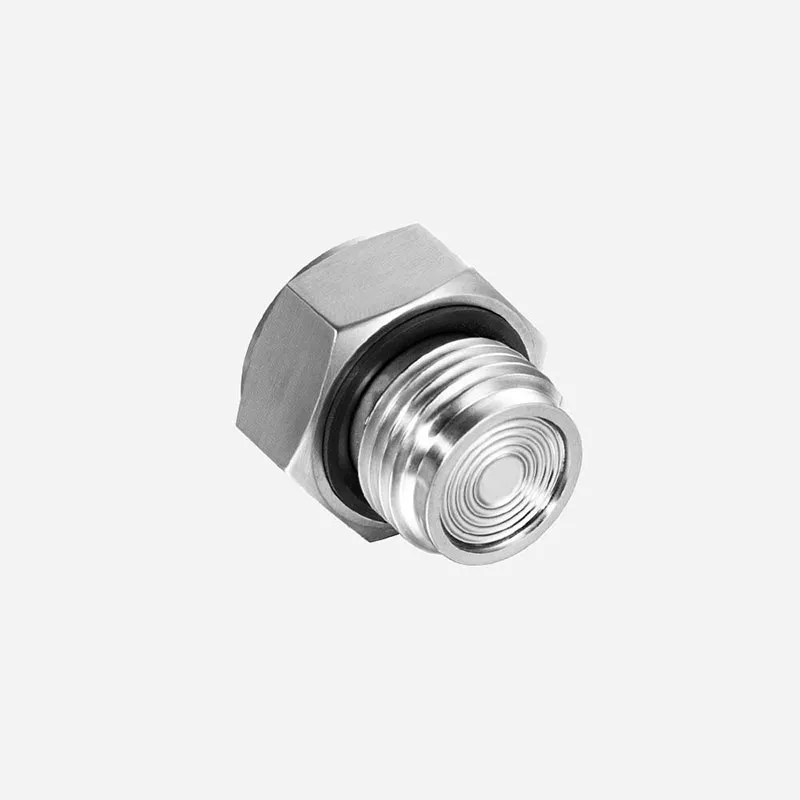
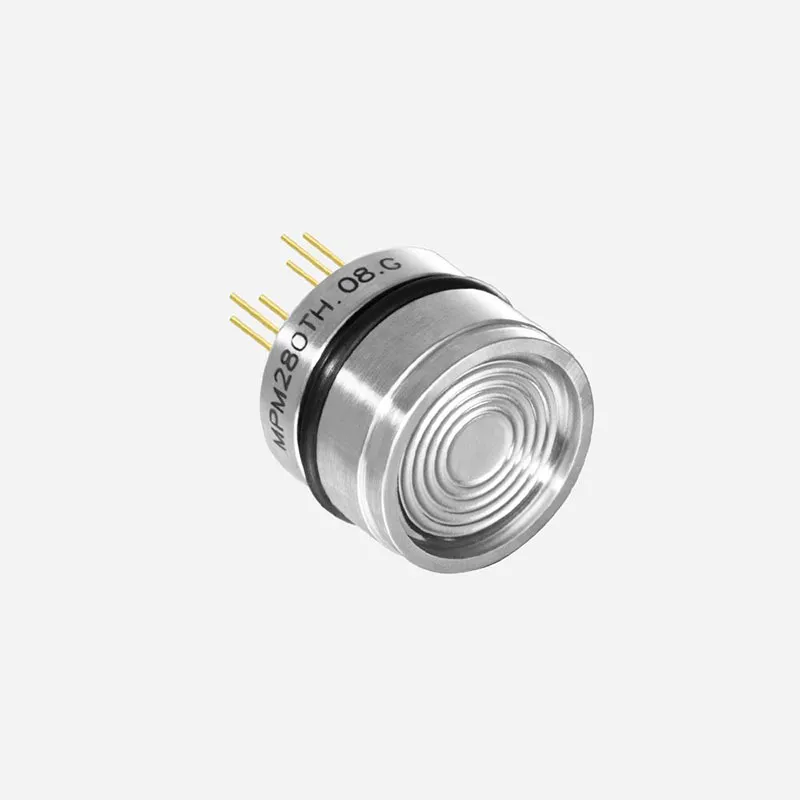
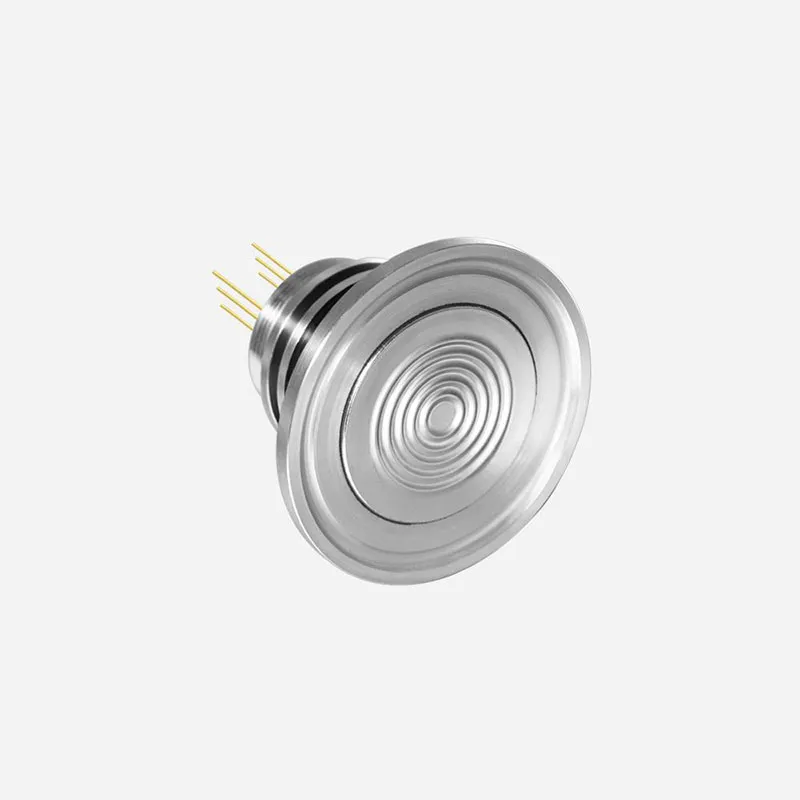
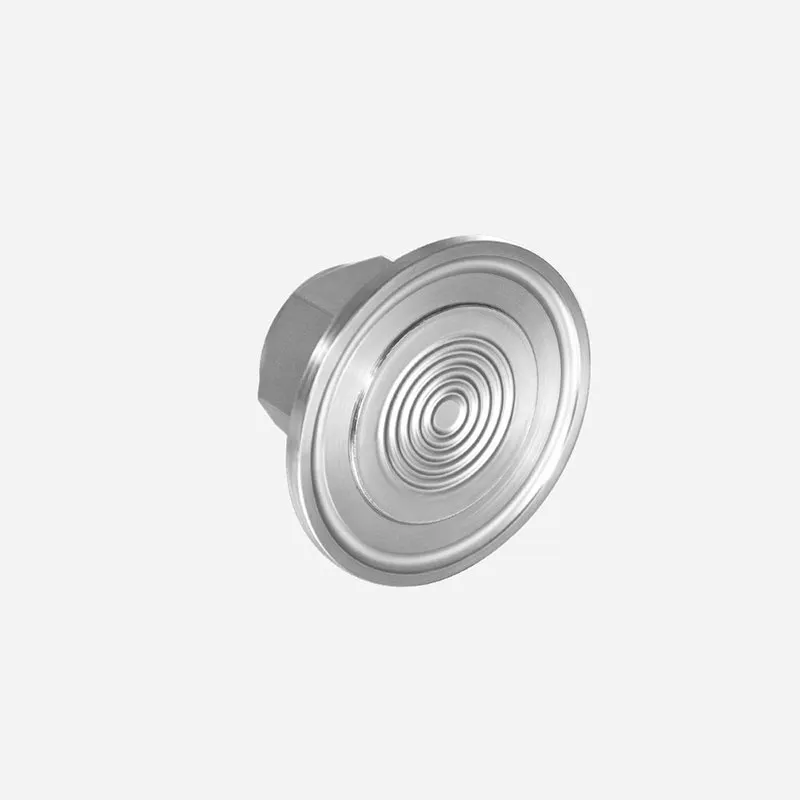
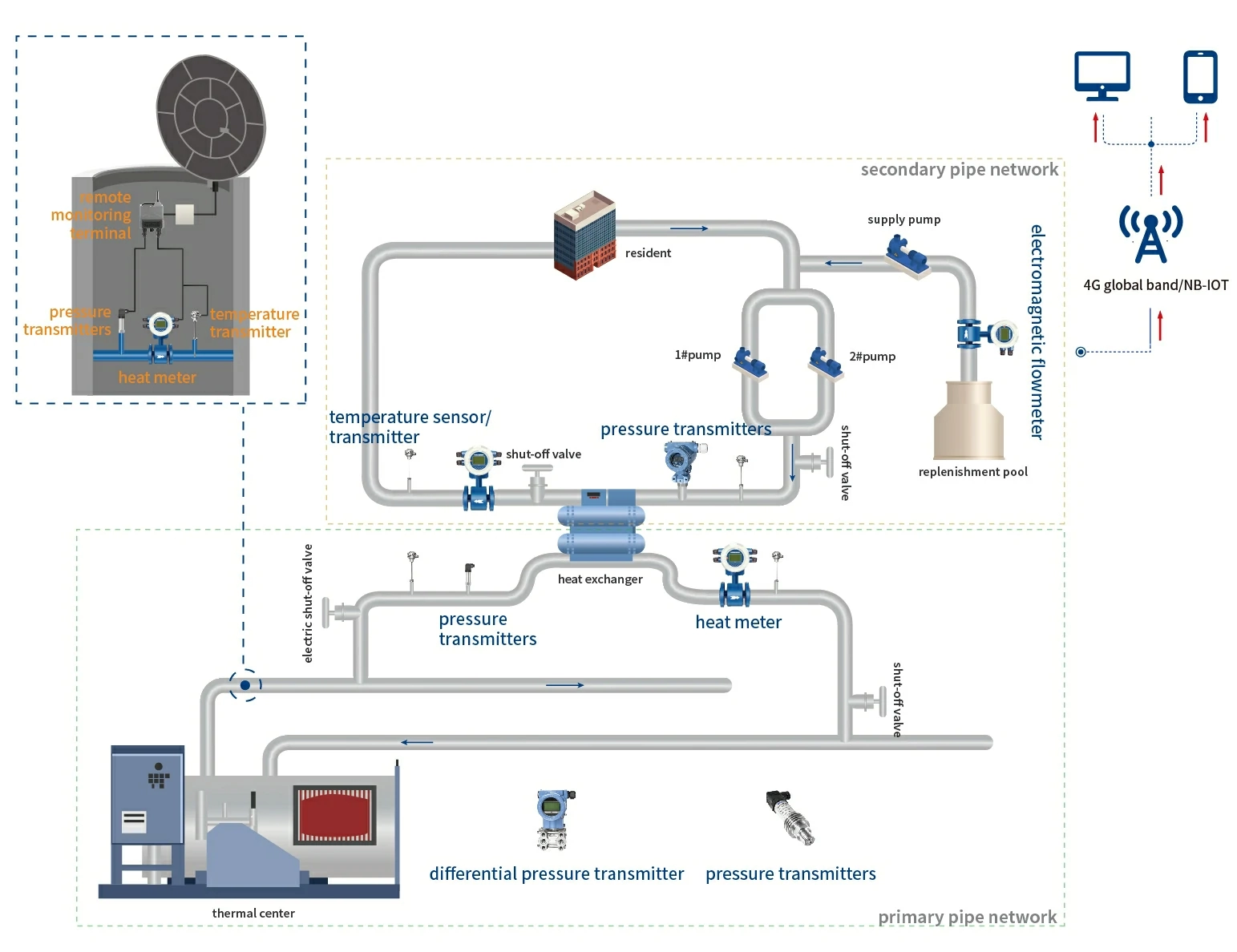
Electromagnetic flowmeters, ultrasonic flowmeters, level transmitters, pressure transmitters are installed in the heat exchange station heating system to obtain real-time data on pipeline flow, heat, temperature, and pressure, ensuring the normal operation of the heat exchange station.
more info...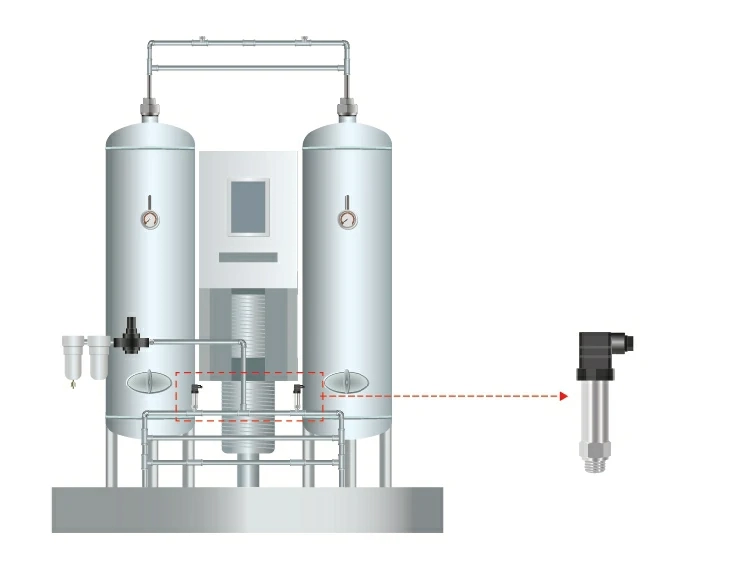
Nitrogen/oxygen generators are widely utilized in electronic equipment, medical devices, air conditioning refrigeration, and food & beverage industries. Pressure transmitters, being vital components of nitrogen/oxygen generators. They monitor the pressure within the container and throughout the variable pressure adsorption process.
more info...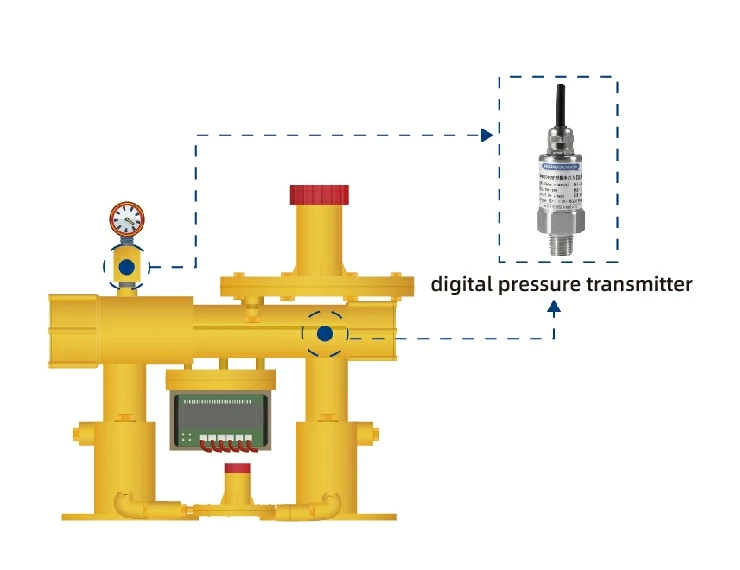
The main function of the gas regulator is to adjust the higher gas inlet pressure to the set lower gas outlet pressure. With a series of changes in gas consumption and inlet pressure, the gas regulator will automatically keep the outlet pressure value within a certain range and play a stabilising role. The pressure transmitter is the core component of the regulator.
more info...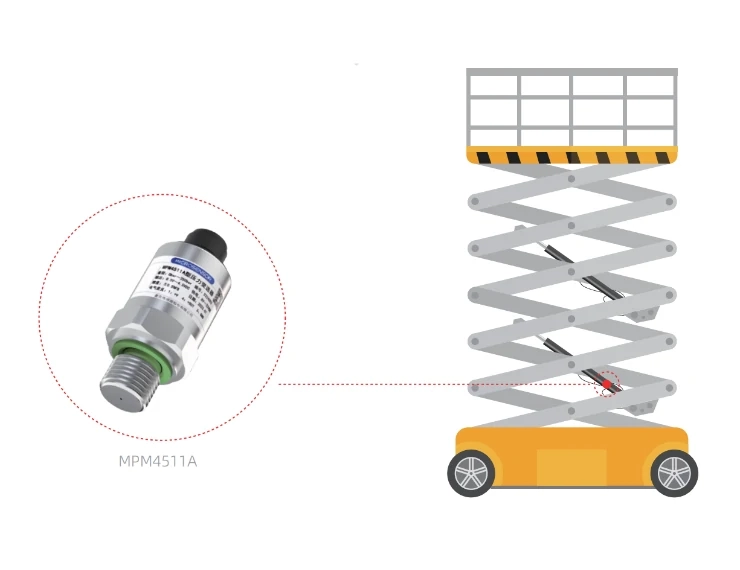
Aerial work platforms utilize hydraulic equipment for platform elevation to achieve high-altitude operations. In some fields, pressure transmitters are required to enable monitoring of operating conditions and fault diagnosis capabilities.
more info...